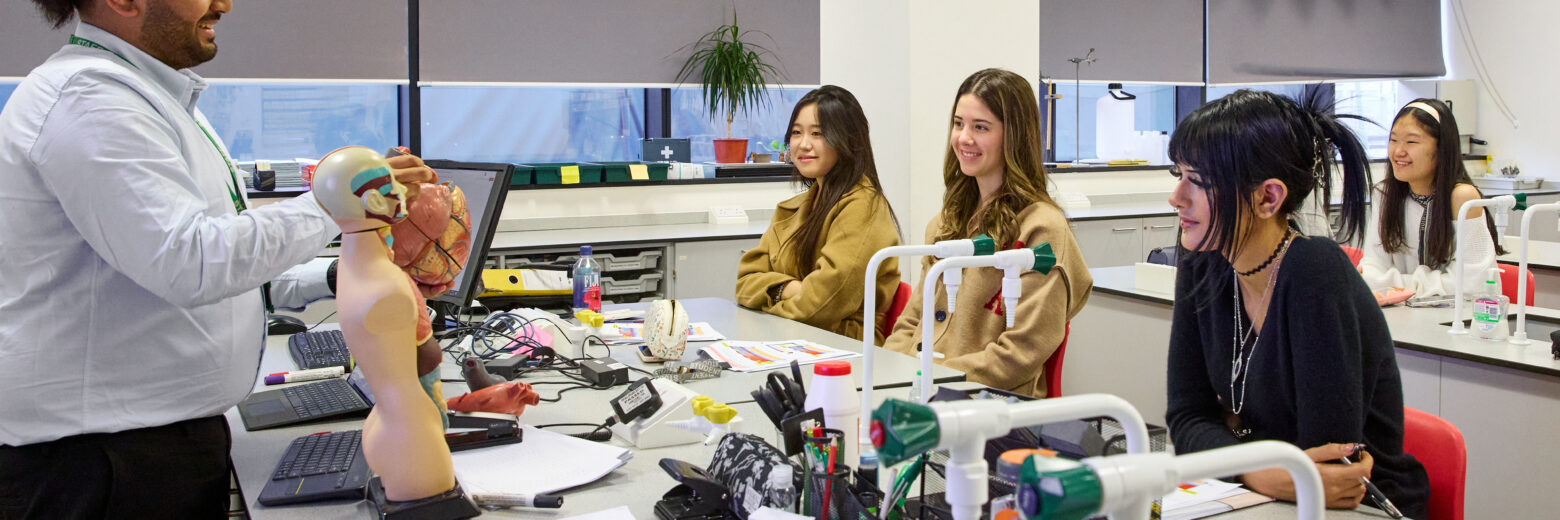GRAPHIC COMMUNICATION
A Level Graphic Communication is a fascinating subject that allows you to explore areas such as advertising, packaging, design for print, animation, web design and film, through both traditional and new technologies.
WHAT IS GRAPHIC COMMUNICATION?
A-level Graphic Communication is a fascinating subject that allows you to explore areas such as illustration design for print, advertising, packaging design, communication and computer graphics and multimedia using traditional techniques, digital manipulation software, design equipment and apps. This course has a strong emphasis on establishing a thorough understanding of the design principles and encourages you to develop your powers of observation ideas, imagination, problem solving, knowledge of contextual studies and practical skills. Having an awareness of the intended audience and the purpose for your design work will develop, alongside an appreciation for colour, form and function and most notably the appropriate use of typography and its meaning
To find out more about our outstanding Art Department, view our dedicated web page here.
WHAT WILL I STUDY?
You will attend technical workshops throughout your first year, where you will be taught traditional and digital Graphic Communication skills and respond to current issues, concepts and, or a working brief. Our approach is to develop design skills whilst encouraging visual freedom and experimentation.
During the first part of the academic year you will explore the fundamentals of composition, typography and colour through an investigating and making process. Critical understanding of this subject will be developed to build your contextual knowledge and include international examples from the past and more recent times.
These new skills will form a foundation for the second part of the academic year, which consists of an exam unit, where you will draw upon previous learning experience to devise your own response to a design question. Throughout this creative journey you will be guided and supported by experienced teachers with commercial expertise who aim to identify and encourage your interests and skills to help you achieve your potential.
HOW IS IT ASSESSED?
| A Level | Weighting | Format |
| Component 1 | 60% | Personal Investigation |
| Component 2 | 40% | Externally Set Project (15 hour exam) |
Exam Board: AQA
WHAT DO I NEED?
Ideally you would have studied a creative subject such as Art & Design or Graphic Communication at GCSE. It is also important to have a genuine interest in the subject, and willingness to learn and develop your skills and ideas. On a more practical level a digital camera and USB are essential. Access to Adobe Creative Suite is encouraged although not a requirement.
GOOD SUBJECT COMBINATIONS
Due to the diverse creative nature of Graphic Communication, it will enhance the other creative subjects offered at DLD such as Art & Design, Photography, History of Art and Music. In addition this subject would complement subjects that focus on visual culture, society and contemporary ideas and issues such as Media Studies, English Literature, Sociology, Physics, Mathematics and History.
AFTER DLD
A high percentage of our students progress on to Art Foundation and Degree courses at Art Colleges, after DLD, in London, across the UK and internationally. DLD is very proud of its 100% record in placing students onto Art Courses on completion of their A Level Studies.
DLD is very proud of its 100% record in placing students onto Art & Design courses in London, across the UK and internationally. A high percentage of our student’s progress on to Art Foundation and degree courses, at Art Colleges studying Illustration, Graphic Design, Fine Art, Animation, Interior Design, Film and Fashion.
ENTRY REQUIREMENTS FOR INTERNATIONAL STUDENTS
To study A Levels, your current or pending exam results should be equivalent to or higher than GCSE (General Certificate of Secondary Education) in at least 5 subjects and a minimum level of English equivalent to IELTS 5.5.
At the start of each academic year of study students following an A Level course without a pass at Level 5/Grade C in GCSE or IGCSE English Language or with an Academic English score below 6.5 overall must join an Academic English training course for the duration of the academic year which will be timetabled alongside A Level lessons.
If your level of English is not sufficient to meet the entry criteria for the A Level programme you will normally be offered a place on the one year Academic Preparation Course (pre A Level) in order to bring your English skills up to the required level.



